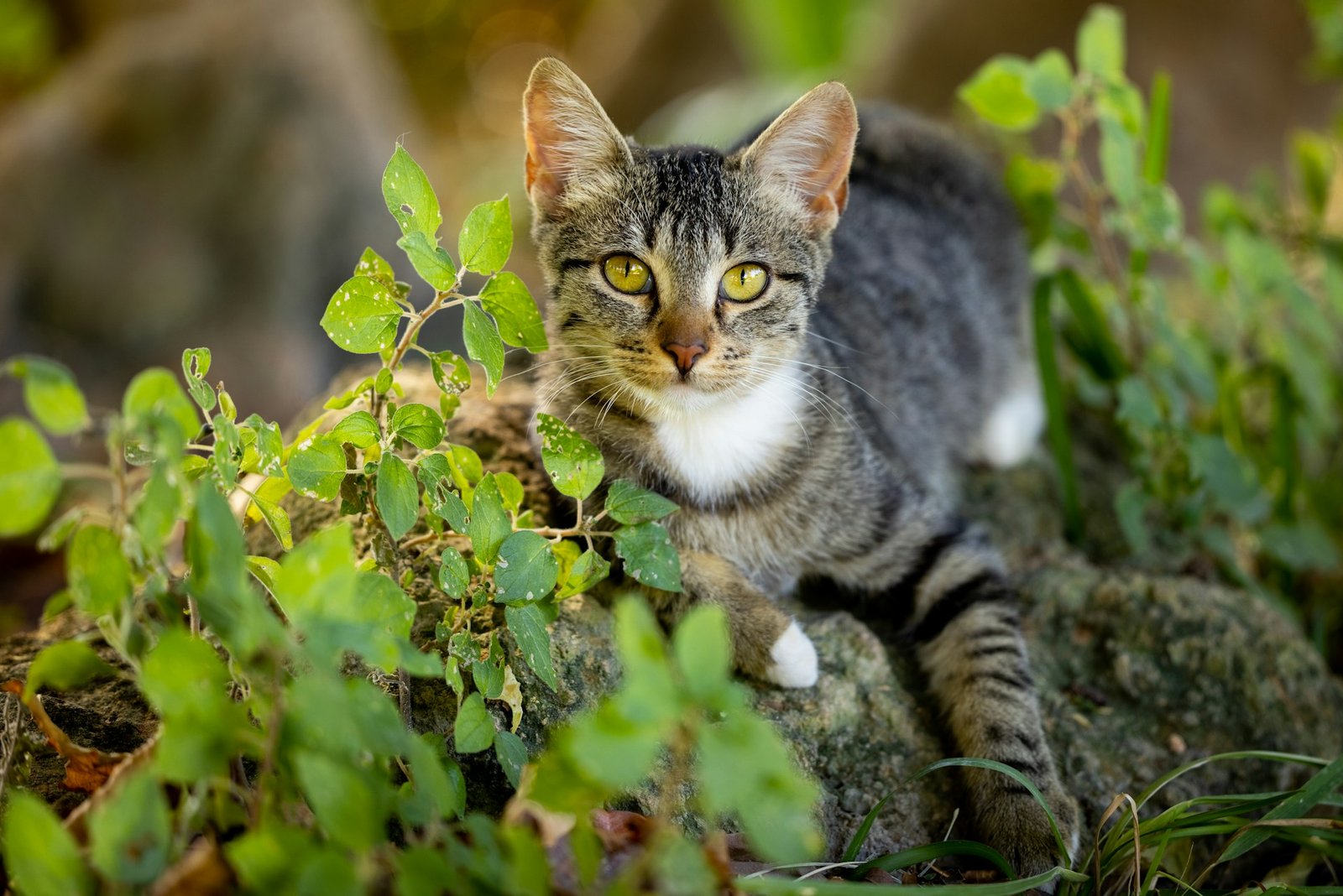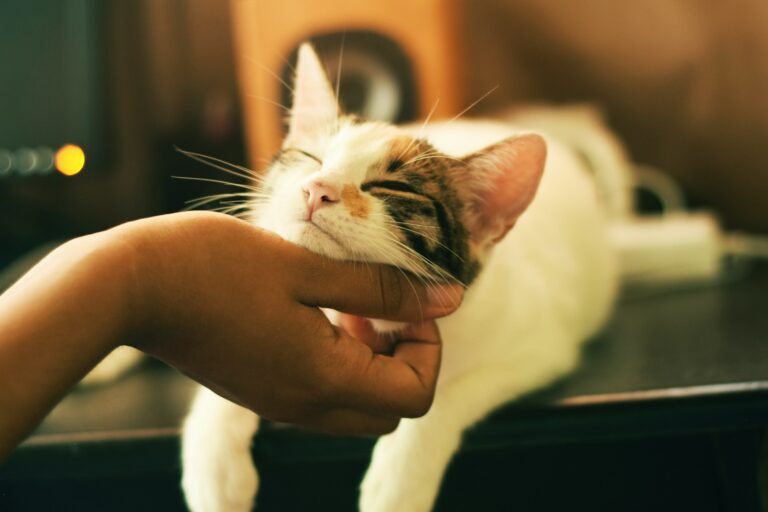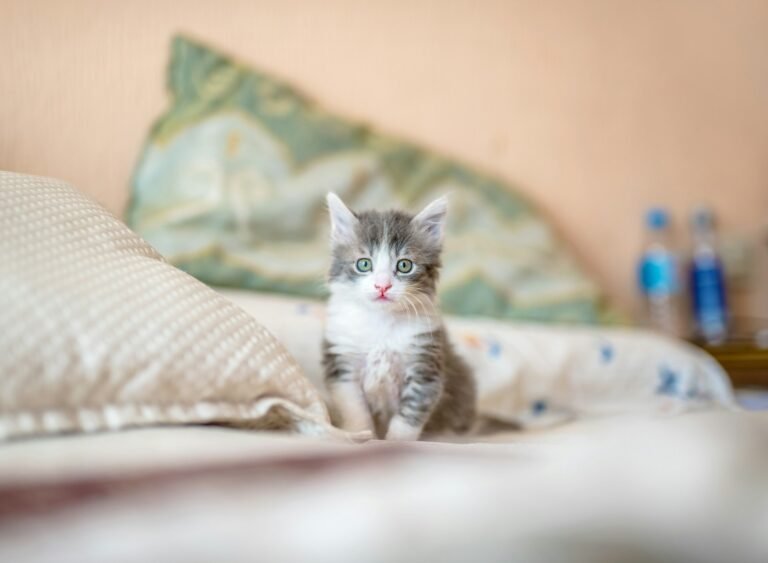7 Common Plants That Are Toxic to Cats (And Cat-Friendly Alternatives)
Cats and plants might seem like a peaceful combination—a cozy home full of greenery and a happy cat lounging by the window.
But here’s the kicker: not all plants are safe for your feline friend. In fact, some popular plants can be downright dangerous for them.
Here’s a list of 7 plants that are toxic to cats (seriously, keep these out of your house!) and some safe alternatives.
1. Lilies
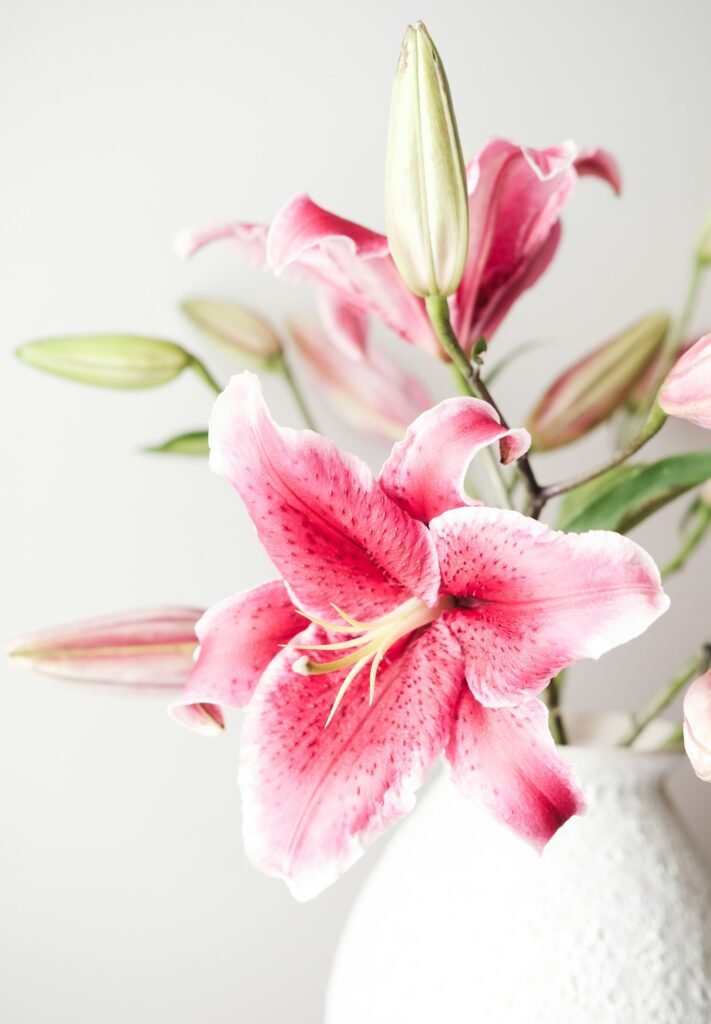
Lilies are beautiful, elegant, and absolutely deadly for cats. Even a small nibble of the leaves, petals, or even pollen can cause kidney failure. All types of lilies, including Easter lilies, tiger lilies, and daylilies, are incredibly toxic.
- Symptoms of poisoning: Vomiting, lethargy, loss of appetite, and dehydration.
- Keep in mind: Even lily-infused water from a vase can be harmful to cats.
2. Aloe Vera
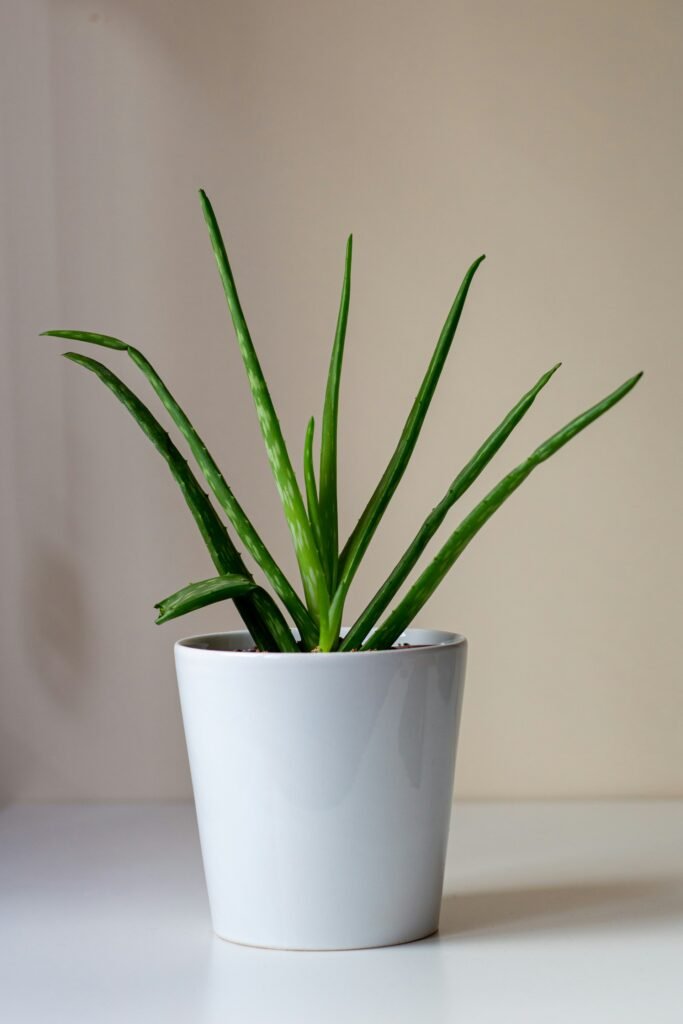
Aloe vera is known for its healing properties for humans, but for cats, it’s a different story. The gel inside the plant contains saponins, which can cause digestive issues and other health problems if ingested.
- Symptoms of poisoning: Diarrhea, vomiting, and changes in urine color.
- Tip: If you use aloe products at home, keep them out of reach of curious paws.
3. Pothos (Devil’s Ivy)
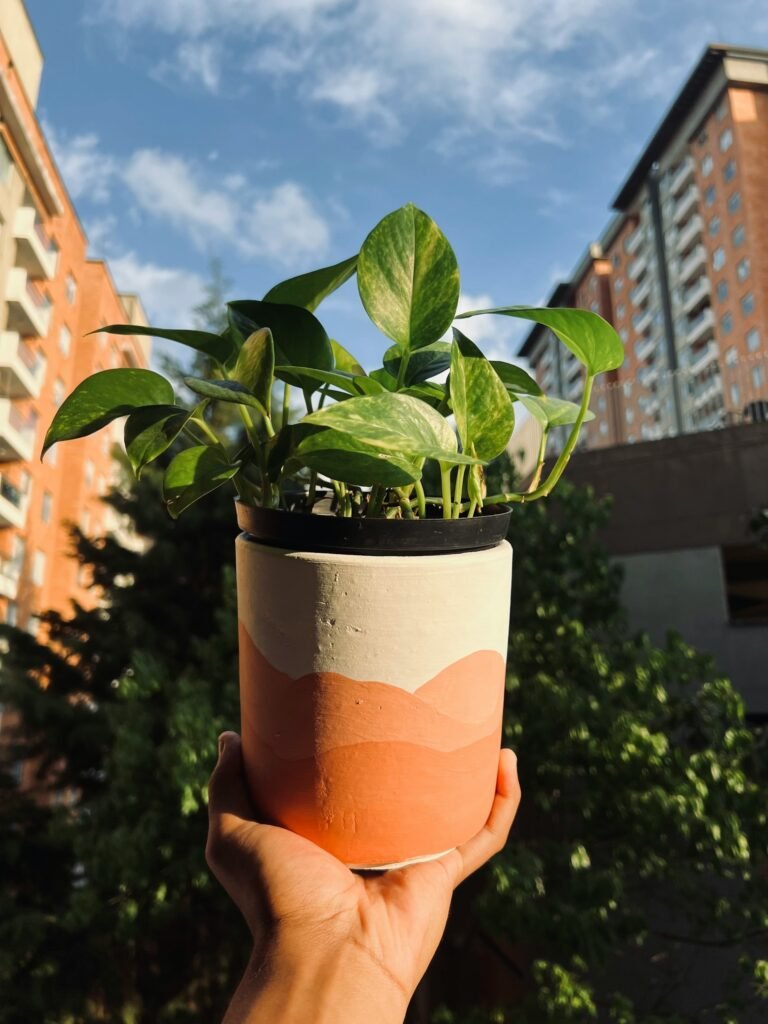
Pothos is a favorite for plant enthusiasts because it’s low-maintenance and looks great. But for cats, it’s a nightmare waiting to happen. Its calcium oxalates can irritate your cat’s mouth and digestive tract.
- Symptoms of poisoning: Drooling, difficulty swallowing, vomiting, and oral irritation.
- Reality check: It’s called “Devil’s Ivy” for a reason—just not worth the risk.
4. Dieffenbachia (Dumb Cane)
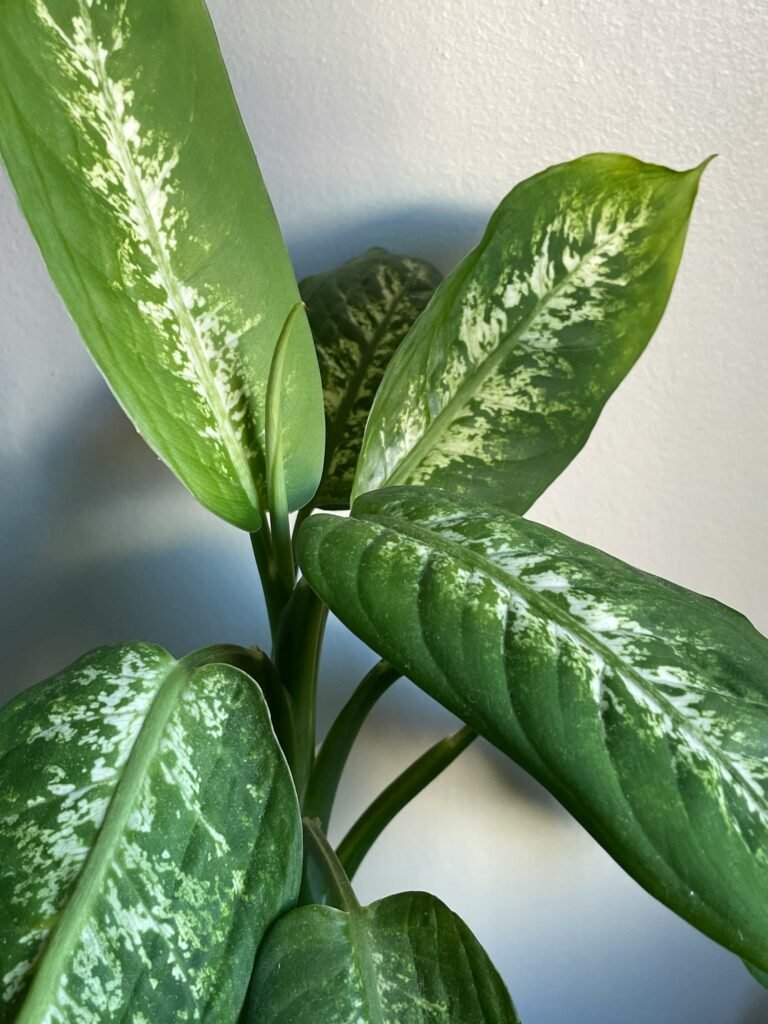
Dieffenbachia is another stunning houseplant that cats shouldn’t go near. It contains insoluble calcium oxalates, which can cause severe irritation and swelling if ingested. Even brushing against it can irritate their skin.
- Symptoms of poisoning: Oral swelling, drooling, difficulty breathing, and vomiting.
- Pro tip: This plant doesn’t belong in a cat-friendly home. Period.
5. Snake Plant (Sansevieria)
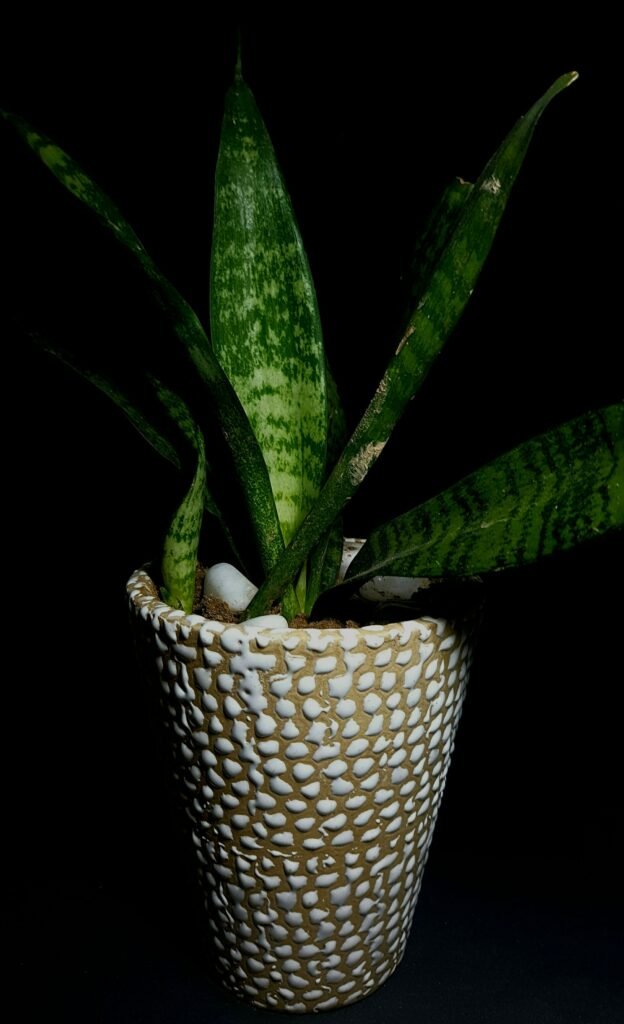
The snake plant, also known as mother-in-law’s tongue, is trendy and easy to care for. But here’s the bad news: its saponins can cause nausea and vomiting in cats if they decide to have a bite.
- Symptoms of poisoning: Nausea, vomiting, and diarrhea.
- Why risk it? Stick to cat-safe greenery instead.
6. Tulips
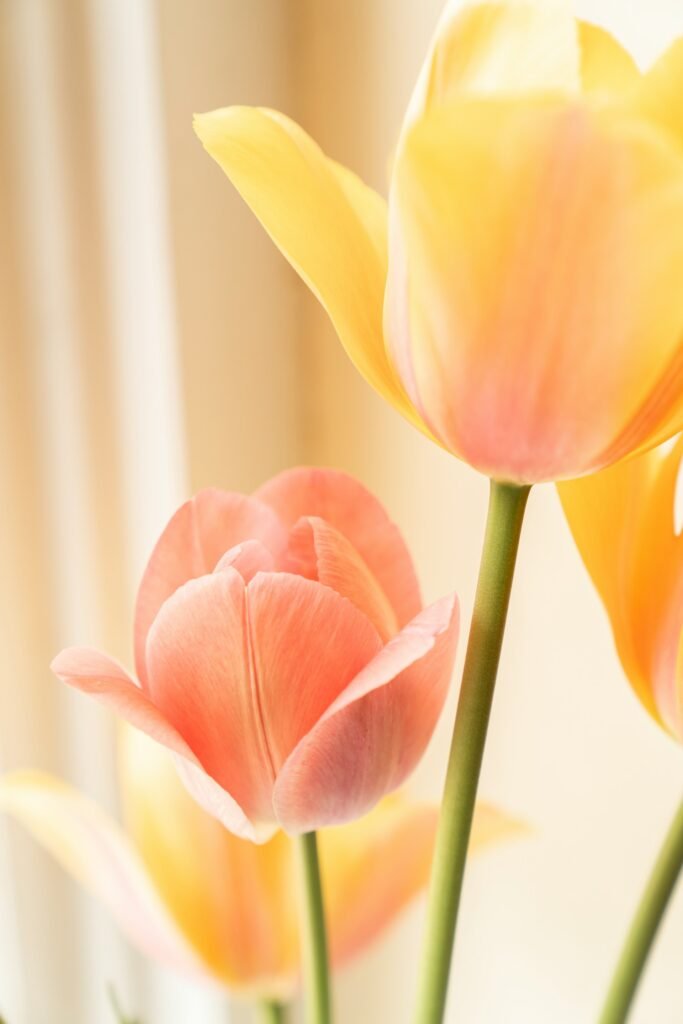
Tulips brighten any room, but they’re not so cheerful when it comes to your cat’s health. The bulbs are especially toxic, containing compounds that can cause severe gastrointestinal distress.
- Symptoms of poisoning: Vomiting, drooling, diarrhea, and depression.
- Heads up: Keep them out of your garden, too, if your cat spends time outdoors.
7. Sago Palm
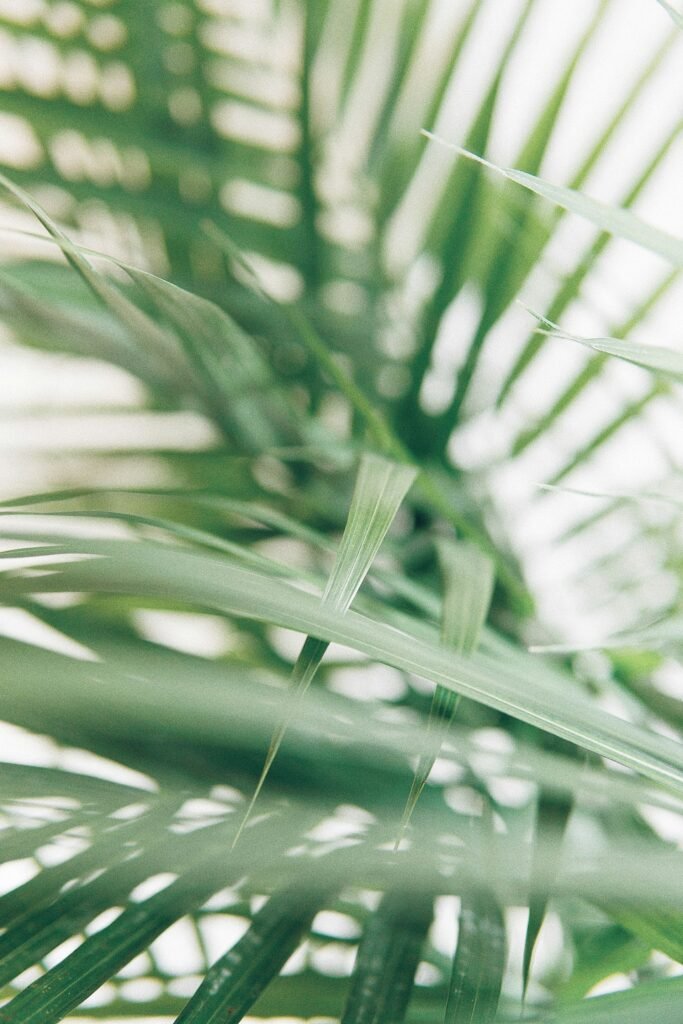
The sago palm is another plant that’s toxic to cats—and it’s extremely dangerous. All parts of the plant are poisonous, but the seeds (nuts) are the worst offenders. Ingestion can lead to liver failure or even death.
- Symptoms of poisoning: Vomiting, diarrhea, tremors, seizures, and liver failure.
- The verdict: It’s one of the deadliest plants for cats. Just say no.
Cat-Friendly Plants: Safe Alternatives
Now that we’ve scared you off a bunch of plants, let’s talk about what you can have in your home. These plants are non-toxic to cats and safe for both decor and your furry friends.
1. Spider Plant
- Fun fact: Spider plants are non-toxic and even fun for cats to play with. Some cats love to bat at the long leaves or even chew on them (don’t worry, it’s safe!).
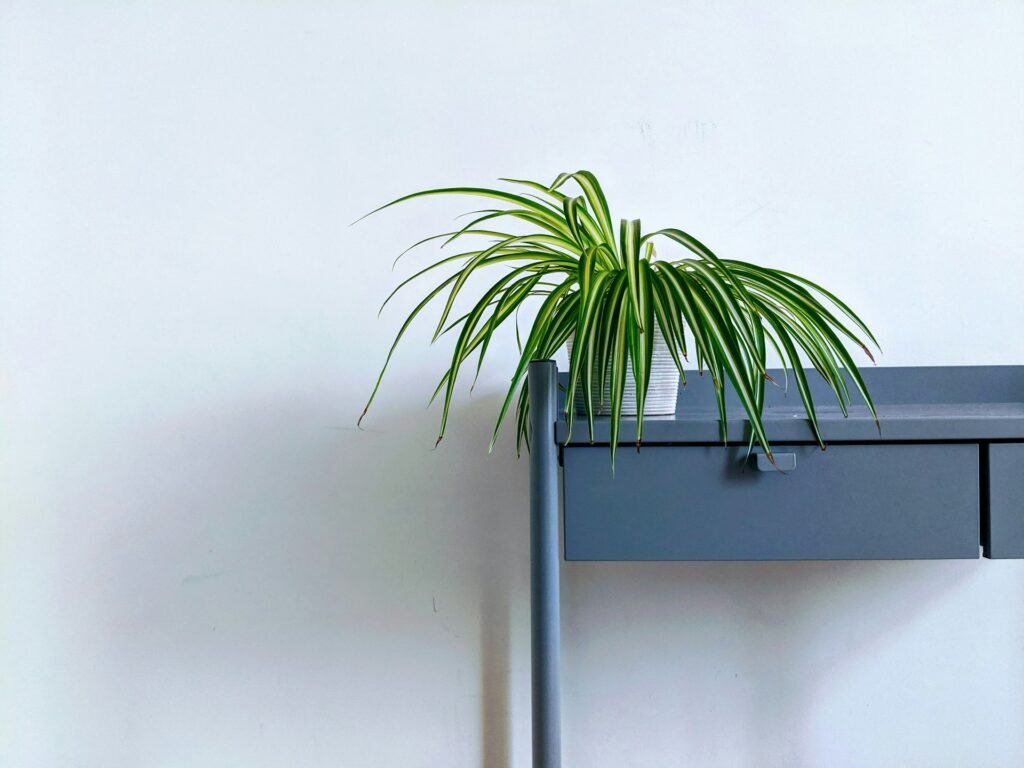
2. Areca Palm
- This tropical beauty is completely safe for cats. It adds a relaxing vibe to your space and doesn’t pose any health risks.
3. Cat Grass
- Cat grass (usually wheatgrass or oat grass) is a big hit with cats. They can nibble on it to their heart’s content, and it’s even good for their digestion.
4. Calathea
- Known for its bold patterns and vibrant colors, calathea is a gorgeous, non-toxic option for your home.
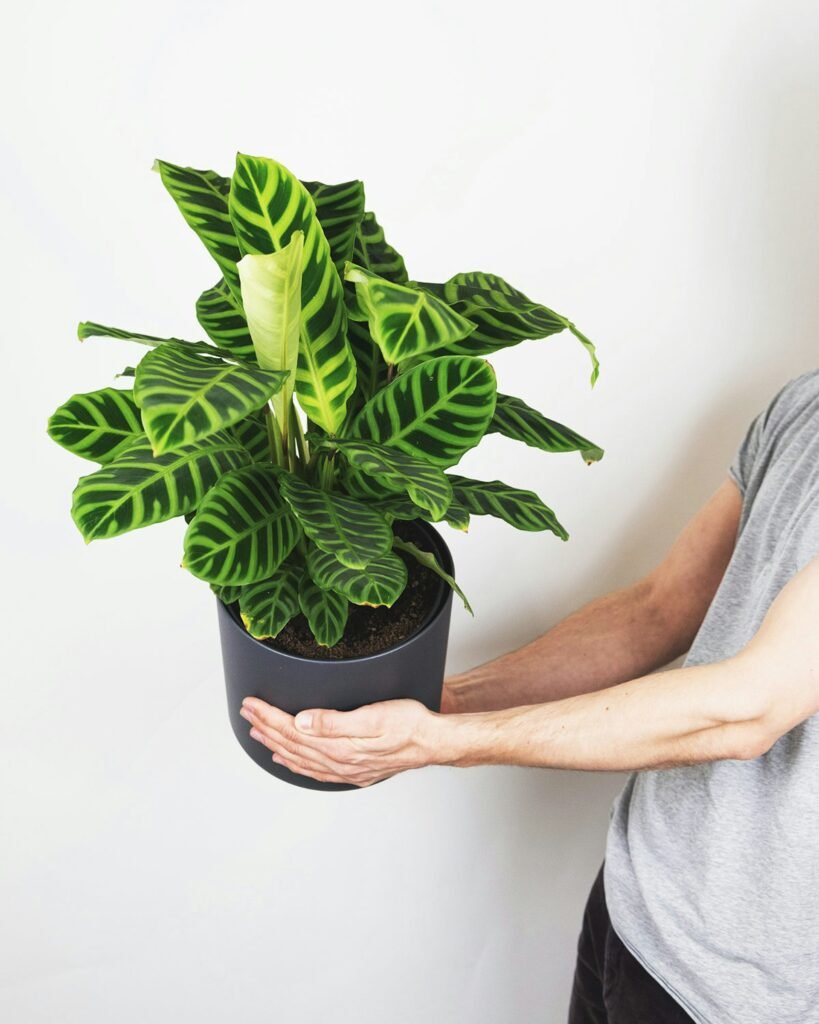
5. Boston Fern
- Boston ferns are safe for cats and perfect for hanging baskets or shelves where they can cascade beautifully.
6. Parlor Palm
- Another pet-friendly palm, the parlor palm adds a touch of elegance without any worry about toxicity.
7. Bamboo
- True bamboo (not “lucky bamboo,” which can be toxic) is safe for cats and makes for a stylish addition to your home.
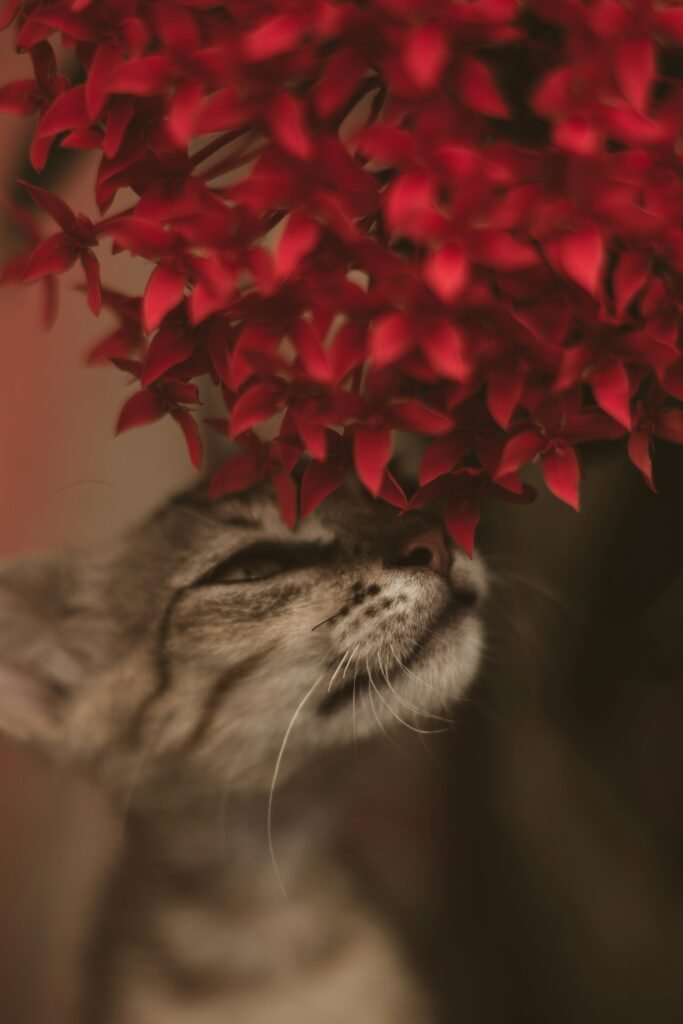
Final Thoughts: Keep Your Cat Safe, Keep Your Home Green
Adopting a cat doesn’t mean you have to give up on having houseplants, but you do need to be mindful of what you bring into your home.
Stick to cat-friendly plants, and avoid the toxic ones at all costs. If you’re unsure about a plant, check online resources or ask your vet.
With a little effort, you can create a safe, cozy space where your cat can roam freely—and maybe even enjoy a snack on some cat grass. 😊

